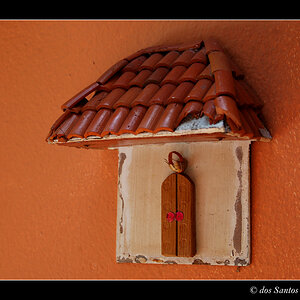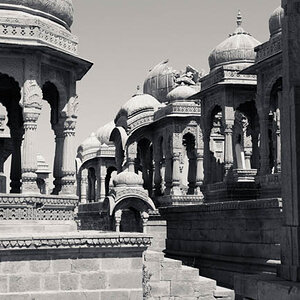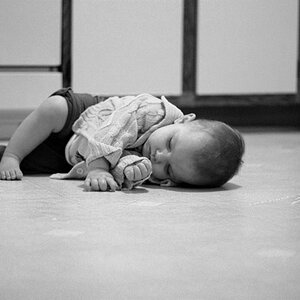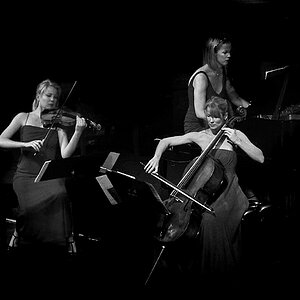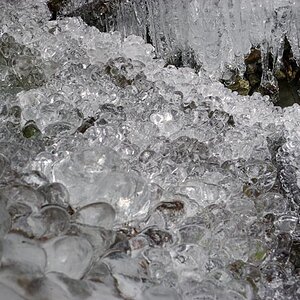saycheese76
TPF Noob!
- Joined
- Dec 3, 2008
- Messages
- 136
- Reaction score
- 0
- Can others edit my Photos
- Photos OK to edit
I was taught to expose for the shadows and print for the highlights, but that was with film. Does the same go for digital? I hope this is in the right forum. I wanted to get an answer frome someone with experience in both. Thanks!
Jason
Jason



![[No title]](/data/xfmg/thumbnail/37/37491-9a5a4b87cc7adab94e5cc59f2da93701.jpg?1619738112)
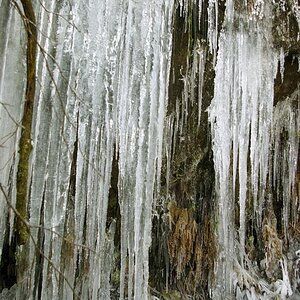

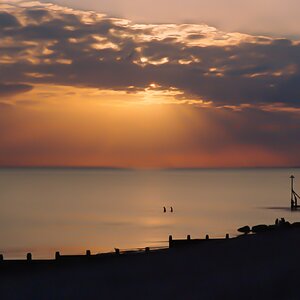
![[No title]](/data/xfmg/thumbnail/31/31754-af76ae89cc75bd1855937374ff359efe.jpg?1619734992)
